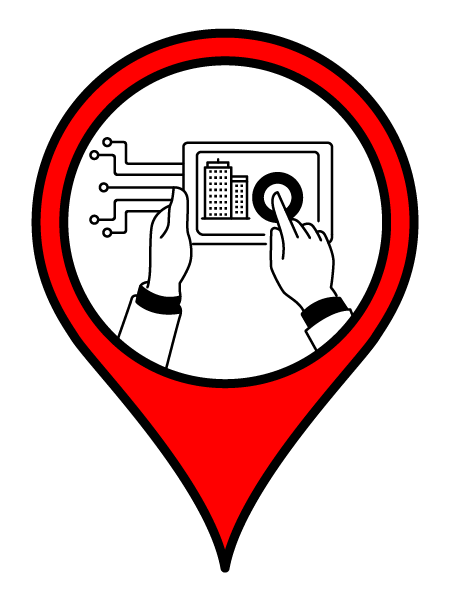Turning the Mirror on the Architects: A Study of the Open-Plan Office and Work Behaviors at an Architectural Company
Following the rising cost of real estate and a desire to increase collaboration and communication among employees, the open-plan office has been trending over the past decades. Research about the impact of the open-plan office on humans is equivocal in endorsing this trend. The mixed results are further confounded following the specific job requirements, such as the need for privacy in jobs requiring a high level of concentration or, in contrast, the need for open workspace in jobs benefitting from team work and knowledge sharing. This study aims to understand the relationship between perceptions of three characteristics of the open-plan office (acoustical privacy, visual privacy, and office density), and the impact they yield on employees' judgment as well as affect-driven behaviors. The study benefits from the data from 456 employees located in 20 regional office locations within the same architectural firm. The restriction to employees of a design firm enables examinations of participants, who are already sensitive to the impacts of space by the nature of their work. The variables of interest included employee perception of the workspace (privacy, office density, and fit into workspace), employee rating of social relationships, self-reported mood (irritability) and optimal functioning (number of limited ability days), and work impacts (job satisfaction, work engagement, and job performance). The Model of behavior in an open-plan office setting based on affective events ...



@3x.png?_cb=1618177579)
0 Comments
There are no comments to display.
Join the conversation
You can post now and register later. If you have an account, sign in now to post with your account.